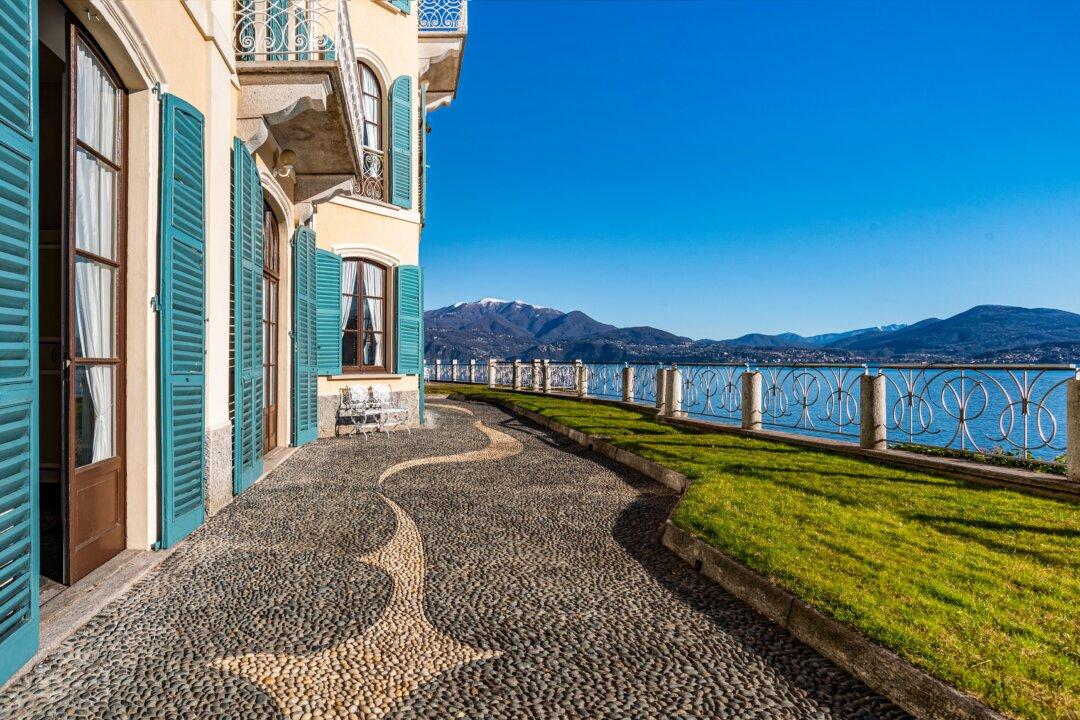Of all the fond memories I have of Romania, Sinaia is the most cherished one. In my 20s, I used to spend every second weekend of the month hiking the Royal Path up to the Franz Joseph Cliffs to take in the breathtaking views of the Prahova Valley stretching in verdant beauty at the foothills of the Bucegi Mountains.
Although I followed a routine, hiking the same path over and over, the experience was different every time. Sinaia has magical echoes—a spellbinding atmosphere that is reminiscent of a storybook with a Prince Charming on a white horse on the front cover, tales of enchanted castles, and even the Big Bad Wolf lurking behind a moss-covered pine tree in the depths of the forest.





